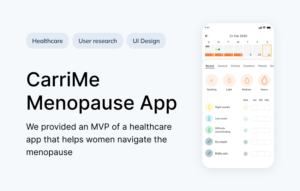So that the website could be used for medical purposes we had to generate the necessary documentation to successfully register the QCovid calculator as a Class 1 medical device. This involved demonstrating that (1) website wasn’t prone to error, (2) users understood information about how the algorithm could be used, and (3) users could complete the key tasks.
We conducted moderated and unmoderated usability tests of QCovid.org with a total of 19 end-users. We submitted the findings in a written report.
